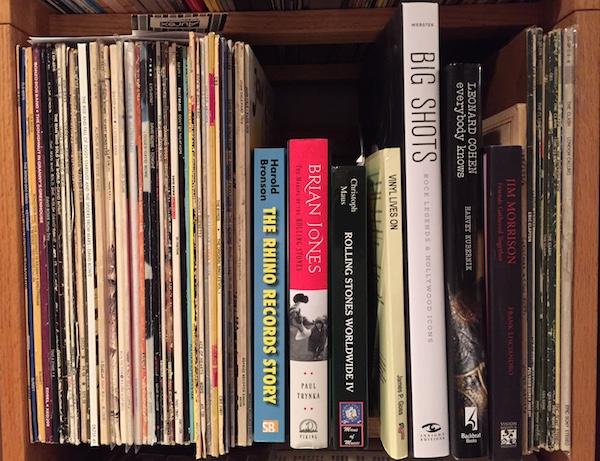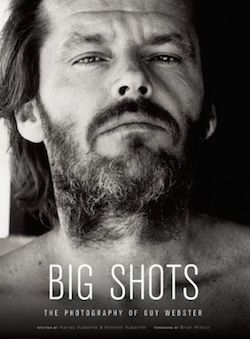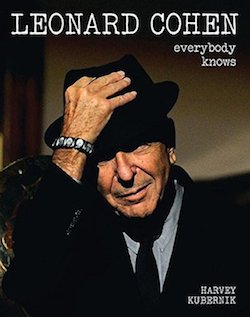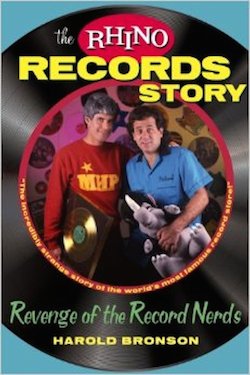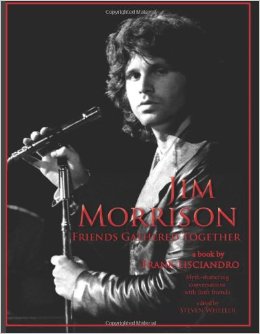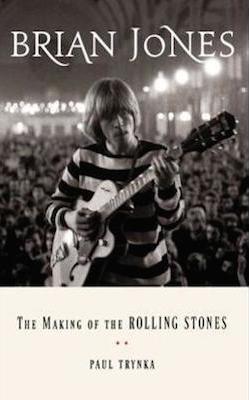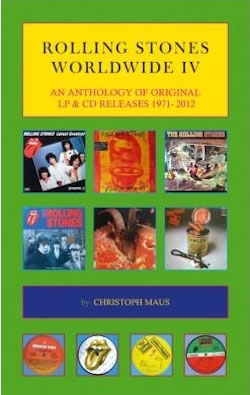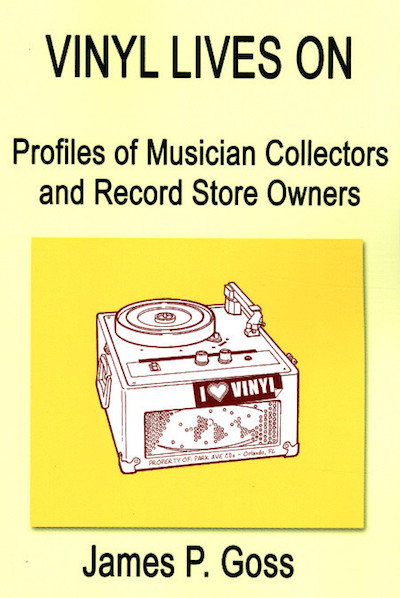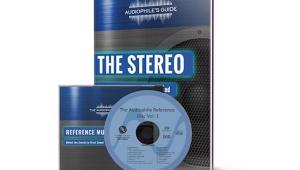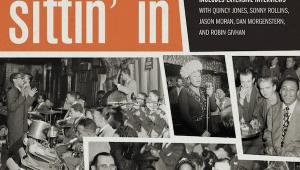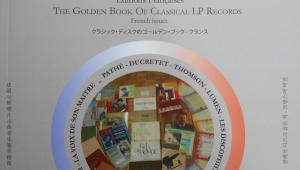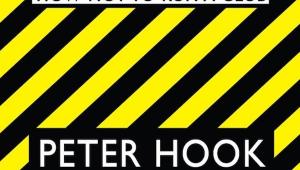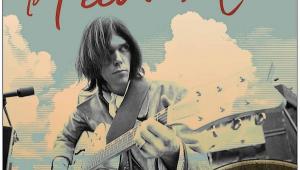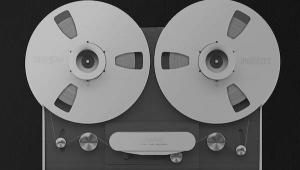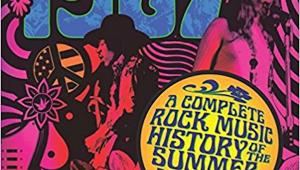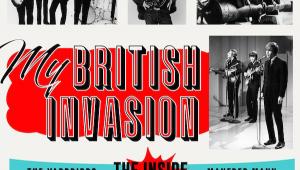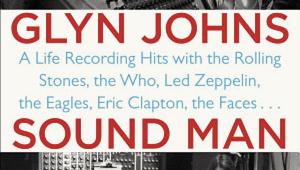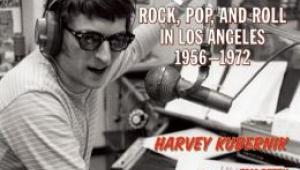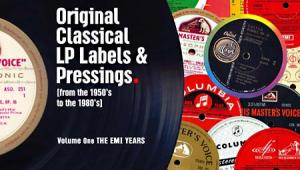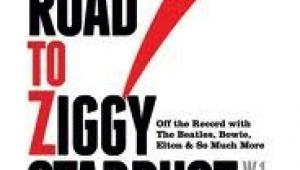Dear Big brother Michael Fremer :-),
I really want to connect with you on this.
I have been playing digital since I started the hifi hobby 20years ago (19years of age). I was anti-vinyl and anti-turntable.
My Japanese wife encouraged me to try out vinyl and turntables, and I got a Rega RP6 in May 2014 this year.
Since then, in the short 6 months, I have fully embraced the joy and engagement with vinyl playback!!!
I have ordered a Avid Sequel SP, SME309, Dynavector xx2Mk2 and Dynavector p75Mk3 to arrive in my sweet hall system in January 2015.
(They will be paired with the Vitus RI-100, Shunyata Hydra Triton (I read your review), Cobra and Python cords & cables, and B&W804Ds.)
I find that digital fans troll a lot on vinyl websites and troll a lot on my choices. I find that they are very narrow-minded, rude and of lowly demeanour.
* * *
My own take on vinyl and digital.
First, we BEGIN with the END in mind:
1. Harmony and interpersonal connection is the big picture.
2. Music is a form of enjoyment.
* * *
Where medical science and engineering lies, they are meant to be precise and p<0.05.
BUT music is a form of enjoyment, about music made by people, to be listened by other people in groups and in joy.
Where people gather and enjoy the connection, the music together. Where people feel the music, heart and soul.
The digital fans keep telling me that ALL the engineers say that digital is MORE accurate than analogue and vinyl playback, telling me that I should not buy a turntable in this time and age. They keep telling me digital is MORE accurate, MORE accurate, more accurate.
Well, what can I say?
I do KNOW one thing for sure: Our ears hear continuously. Yes traditionally stated, we can hear only up to 20KHz per second, but it does not mean that our ear only hears 20,000 spaced out points within a second. These are 20KHz waveforms, WAVE forms. Our ear hears continuously, the fact that the ear "cannot" hear 22KHz, does not mean that our ear cannot hear continuously! It is just that our brains cannot discern a 22KHz testtone as what appears as "the eeeeeeeeeeeeee---sound", by our brain's interpretations.
Analogue always is and always will be, the more natural and human form of recording and reproduction.
Having 16bit/44.1Khz increasing to 96Khz, means that 96,000points of amplitude of waves are being sampled within 1 second.
Widen that up and you will see 904,000points totally unsampled if we are say there are 1,000,000 or 1gigapoints in a second!!!
No matter what it will be in digital, and even if sampling goes up to 3Ghz sampling, there will be 997Ghz within the 1TeraHz unsampled. Many petapoints and brontopoints continue to be unsampled.
Sound and music has waves overriding each other at any instant. They ride on each other continuously in between those 96,000points being sampled.
Our ears hear continuously. Analogue simply RECORDS CONTINUOUSLY and vinyl remains the only viable consumer playback mechanism popular now, to continue that chain, onwards to our analogue amplifiers, cables and our speaker cones. And I believe the complex and intrinsic harmonics that the analogue recording to vinyl playback chain is able to carry all that, which the 96,000 or 192,000points cannot. And that is why I feel that the music from my vinyl playback feels more LIVE and more involving and engaging!!!
Digital fans keep telling me that vinyl, turntables, tonearms, null-points, groove distortion, etc are all mechanical issues which can never be perfected and we "MUST, MUST, MUST" look to contactless digital computer to DAC playback as the perfect medium.
We have seen the power of human handwork and approximation, e.g. Japanese artisans by hearing alone are able to trim cylindrical metal rods down to a 0.001mm whereby the best precision cutters can only trim to 0.01mm accuracy. Artisans use manual work to force 2 pieces of wood with dovetail joints together which NO machine can piece and slot together. And these dovetail joints fit tightly and without the use of any glue adhesion after that.
I feel that: Do NOT ever, ever, discount our human's ability to hear, sense, see and feel.
We need to continue to discover AND uncover and revel in our human's abilities, to set the stylus on the cartridge, to wind the coils, to set the SRA :-D.
The vinyl turntable, stylus and cartridge construction, turntable setup, is a triumph of the human art of senses and work.
* * *
Half of the members of the Vienna Philharmonic orchestra players as you said listen to vinyls.. They too are not into liking THD of vinyls, they chose vinyls because it sounds closer to the instruments they play and hug everyday. They appreciate good quality sound reproduction and they hear and FEEL the music more true and better on vinyls. Very likely that they hear the intrinsic and complex harmonics in between those 96,000dots within a second, in the analogue vinyl playback.
Many studio engineers prefer analogue recordings to tape than digital recordings. And also many engineers prefer to work with digital over analogue recordings.
Dr Rob Robertson, PhD, and boss of Channel D, D for Digital, supplies computer software for music industry engaged in DSD formats and high-resolution digital formats. He is invited to panels for digital format meetings as an authority. He is a PhD. He knows about resolution more than we do. He listens mainly to vinyl and not digital. Prof Keith Johnson of Reference Recordings, has went back to highly meticulous and full analogue recording and cutting lathe system with Pete Stubblebine. Daft Punk spent over US$1million from their own pocket to do both analogue and digital recording and after hearing A-B decides mostly on the analogue tape mastering over the concurrent digital recording and mastering. Such a vast amount of money and time and efforts spent, and throwing out a lot of digital materials along the way. They were fair from the start, they kept an open mind from the start, they commit to recording in both formats KNOWING they will choose 1 over another which they did not know which one they will choose from the start of the project. They chose mainly analogue recordings eventually, not 192KHz sampling. They are encouraging people to buy analogue by showcasing a turntable playing their vinyl album in many of their Random Access Memories music videos.
Steve Jobs listen to vinyls and not digital.
I listen to 100% digital since 20years ago when I started to discover hifi. However since starting to listen to vinyls in May 2014, I listen to vinyls very intensively because the vinyl playback music ENCOURAGES ME TO STAY IN FRONT OF THE SYSTEM, or else...
OR ELSE, I WILL MISS A PERFORMANCE!!!
Vinyl playback is just like as if a live show is happening and you want to get in front of it and take it all in and listen to it. It is very engaging.
When I hear digital 44.1Khz, 96Khz and 192Khz from my system, I have dwindled down my level of involvement, to only 5% sitting in front of the system, and 95% definitely moving around and doing my things.
(This is not because vinyl requires us to flip the sides and that is why I stay in front of the system, definitely not. Because my hall system and dining table and working station are all together, so if I want to use vinyl as background music, it would be very easy for me to do it if I wanted so.)
Yes, whenever vinyl plays,
I do not want to miss a performance.
* * *
Our ear hears continuously.
Digital fans either 1)get very worked up and 2)small hearted, whenever I say I am enjoying vinyl turntable playback more:
A) They start to suddenly message me at 8am in the morning (when I have already started my busy clinic seeing my patients at 7am), to go read ""excellently"" written articles written by that Alan Shaw of Harbeth speaker company , hinting to me that we have to listen to this self professed guru (who has no PhD) who attacks vinyl playback regularly. He CONTINUALLY say Vinyl playback as a good resolution faithful system "NONSENSE", it is "caveman technology", it is "a rock bumping along a plastic channel", that the material cost is only a 5cents disposable plastic and vinyl printers are moneyminded by jacking up the prices of vinyls to make money. Michael, you know Alan Shaw the ultra-anti-vinyl guy from Harbeth? You should read his Harbeth User Group comments on analogue and turntables. If you had already done, share with me your view. Thank you.
B) These pure digital fans start to SHOUT at me over the phone, saying "you SHOULD think like Alan Shaw, he is an engineer!
(Sorry digital mates, I definitely do NOT want to think like him, because Alan Shaw's language on the forum is often condescending with derogatory and insulting adverbs and adjectives on analogue and vinyl playback. Alan couples his "scientific arguments" done at his own testbench, using his own poorly setup turntable, who does not know how to set up a cartridge, who gives out COMPUTER file clips to compare vinyl and digital music, erhem he is giving us digital files to compare analogue and digital?!? Are his studies published in scientific journals and crosschecking by PhDs of hearing and aural science? Is his studies methods and methodology and results p<0.05? Most important of all, is his demeanour and language one can respect and aspire to? An engineer talking with poor control of his emotions and complaining about vinyl listeners. His words and actions leaves much to be desired).
C) These pure digital fans tell me "When we buy something, we SHOULD NOT buy on emotions! The people at Sony and Philips are not idiots when they decided that 44.1Khz is enough resolution for our ears to hear! We have to buy something, we have to buy something that is accurate and scientific, and not because of emotions! Don't buy vinyls!"
They speak so loudly, so fiercely, my goodness, I was totally shocked by their bad demeanour, saying ""you should, you have to, you must, you should, you must, you should, you should, you should, you should...choose digital over vinyl analogue""... My goodness!!! You know what? If they are saying that we should buy and choose without emotions about digital over vinyl turntables, why are they the SAME ones who is getting heated up, cranky and totally badly emotional about a "scientific topic" of "accurate digital playback"?
D) They start to blame vinyl lovers for getting hooked on BEING AUDIOPHILES INFECTED WITH ALL THE AUDIOPHILE NONSENSE" and "not caring about the music"! They start to say we should not act like gurus and think we know better than ""recording engineers"! "Digital is THE way and you should not buy a turntable in this time and age like 2014! Nobody SHOULD be buying a turntable at 2014!"
I don't A) message my digital fans about the science and art of analogue. I don't feel insecure as they are.
I don't B) shout at digital fans telling them what to do and what not to do. I am not insecure as they are and needing to be so bossy.
I don't C) blame people on buying on emotions.
I don't D) blame digital audiophile fans as getting infected with audiophile nonsense.
These digital fans are the ones treading so much into the so-called audiophile nonsense that they ascribe us vinyl fans to have. Michael, you know what they tell me: that we should not be reading too much into 2 western hifi magazine reviews, because the western hifi magazines are plain bribery whereby if the manufacturer advertise more, they get into the reviewers'good books and get their products being chosen as the group of highly recommended products.
Now guess what? One of them bought a certain Japanese brand amplifier and power supply, rated no.1 and no.2 by Japanese StereoSound magazine, gets advertised all over StereoSound. He himself has NOT auditioned nor heard the amplifier and power supply, and yet he himself bought it because of the rating. A Japanese magazine rating its own Japanese brand electronics as No.1 and No.2 amplifier and power supply IN THE WORLD and beats all others in the world?
The other digital fan bought many some Swarovski small crystals to line up behind his US$60,000 system and claim that having crystals will give a better sound and "feeling". He also bought a pair of supertweeters (producing above 20KHz) to line up behind his Harbeth 40.1 and firing backwards behind the Harbeths to "give a more airy feel and ambience".
What I notice is that my vinyl friends Gerard, Raymond, Jimmy, are ALL very calm and collected, and they never troll on digital fans and intrude upon their choices, but we just let the digital fans blare out their horns at us telling us to abandon analogue and vinyl, AS IF WE DO not already know the limitations of the all analogue tape recording to vinyl playback chain.
* * *
Go to youtube, go to google, you will SEE the Vinyl Community: very big, very united, very very kind to one another, and ENCOURAGING of one another's music preferences and tastes. Seldom as they say on youtube, do you find such kind and nonflaming-within communities. Michael, I derive and extrapolate easily that the same people who take to Vinyls, are naturally more kind, more humane, more tolerant and more encouraging. More human, more harmony. This world is getting more impersonal but you see humane interactions happening on the Vinyl Community.
So heh!....
DIDN'T WE IN THE VINYL COMMUNITY SUCCEEDED IN MOVING ON FROM THE EQUIPMENT,
TO THE MUSIC, TO THE PEOPLE, TO OUR MUSIC PREFERENCES???!!!
Isn't that what this hobby is about? We achieved it, AND MORE, didn't we?
Type in "DSD fans", "FLAC community", "24/96Khz", "Digital computer audio fans" at youtube: Do you see any community at all?
* * *
Remember what I said in the beginning:
1. Harmony and interpersonal connection is the big picture.
2. Music is a form of enjoyment.
Music listening is a enjoyment, an engagement, a hobby! This is about the music, not the hifi equipment!
* * *
3 short stories:
I am in Singapore. My neighbor a Japanese, Mr Sato, who has 2,000CDs classical collection from Austria and Germany in his 15years of collection, says he has "no time to listen to them". He came to my home and realize I have a turntable and chooses to listen to 2hours at my home, and regularly.
I wanted to help him by linking up to a digital fan who can rip his CDs with his Baetis, and very hopefully, he "can have time to listen to music again".
You can see the heart of a vinyl lover in me, I wanted the digital fans to help one another. I didn't encourage him to turn to vinyl at all. I speak NOTHING about my vinyl turntable at home. I never abrade digital, I never attacked digital, I tried to help them.
Guess what?
Mr Sato came to my home last week, saw my turntable, and played the turntable with the classical music vinyls (which he already has in CD format), and sat at the sweet spot for 2 HOURS. Vinyl actually is nothing new to him, he has a turntable 15years back in Japan, so it is not as if he is a born-again fan of vinyl, he knows the sound.
My friend who is a DJ, uses vinyls in his parties, because the crowd feels the music and atmosphere always better and move with the music. When he plays digital, the crowd does not move, or moved very little to the music.
My 4 year old niece does not dance to my digital playback, she dances when I play vinyls. Fullstop.
* * *
Music is an enjoyment and engagement. If it makes us want to sing more, move more, and dance more, feel joyous and happier,
It has achieved its end.
Analogue recording and mastering and vinyl playback achieve this end.
Best Regards,
Ian.
